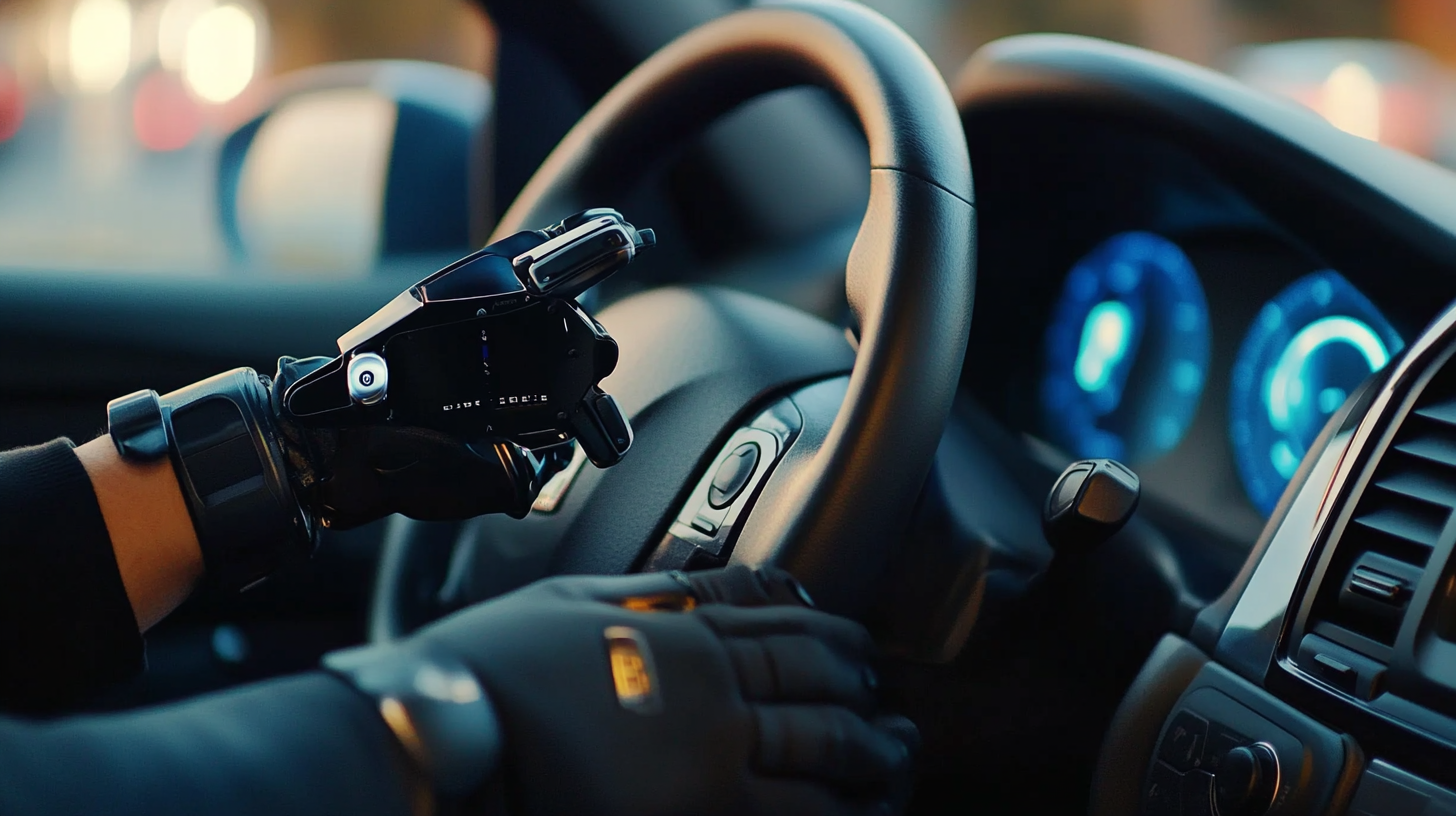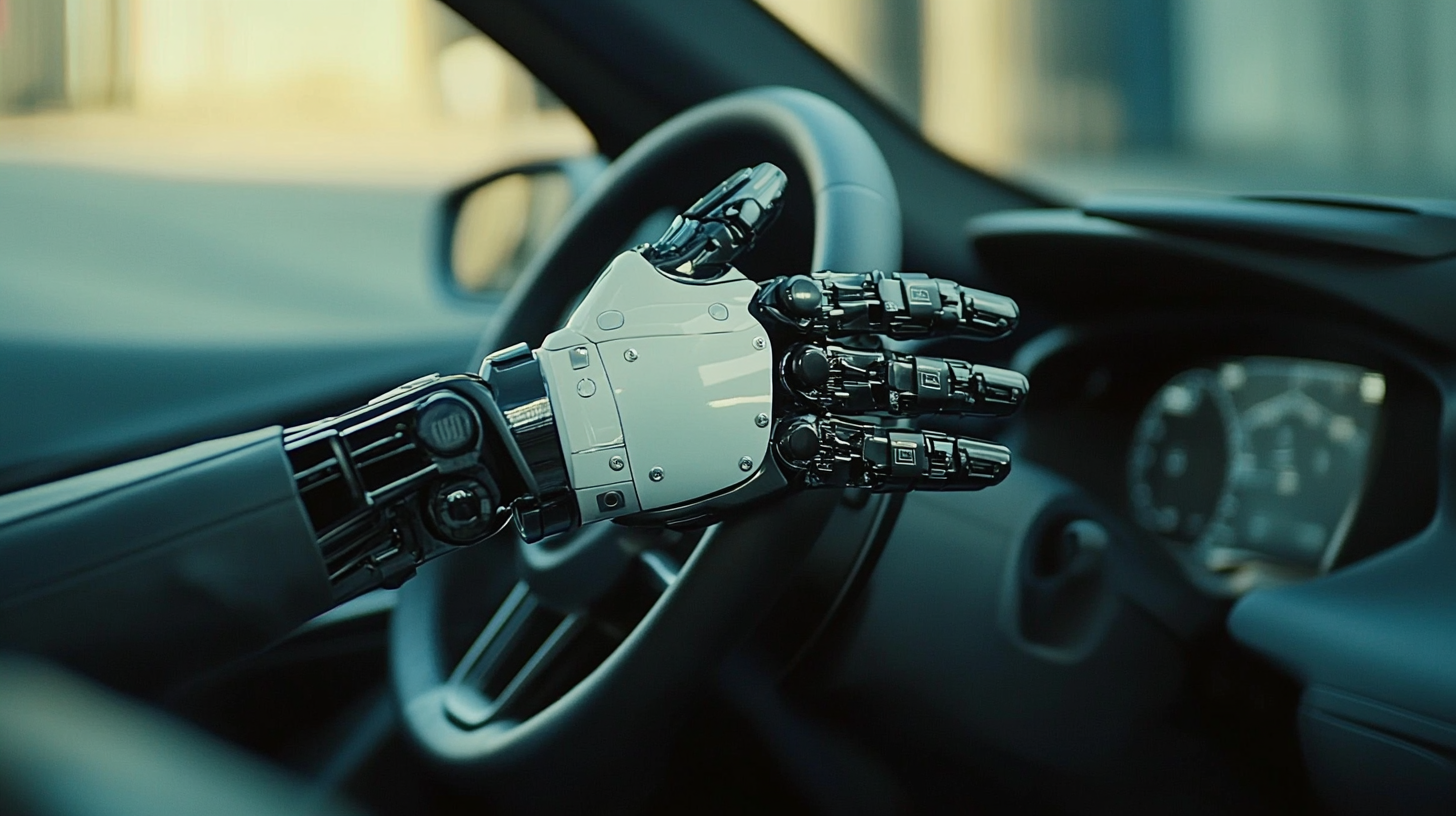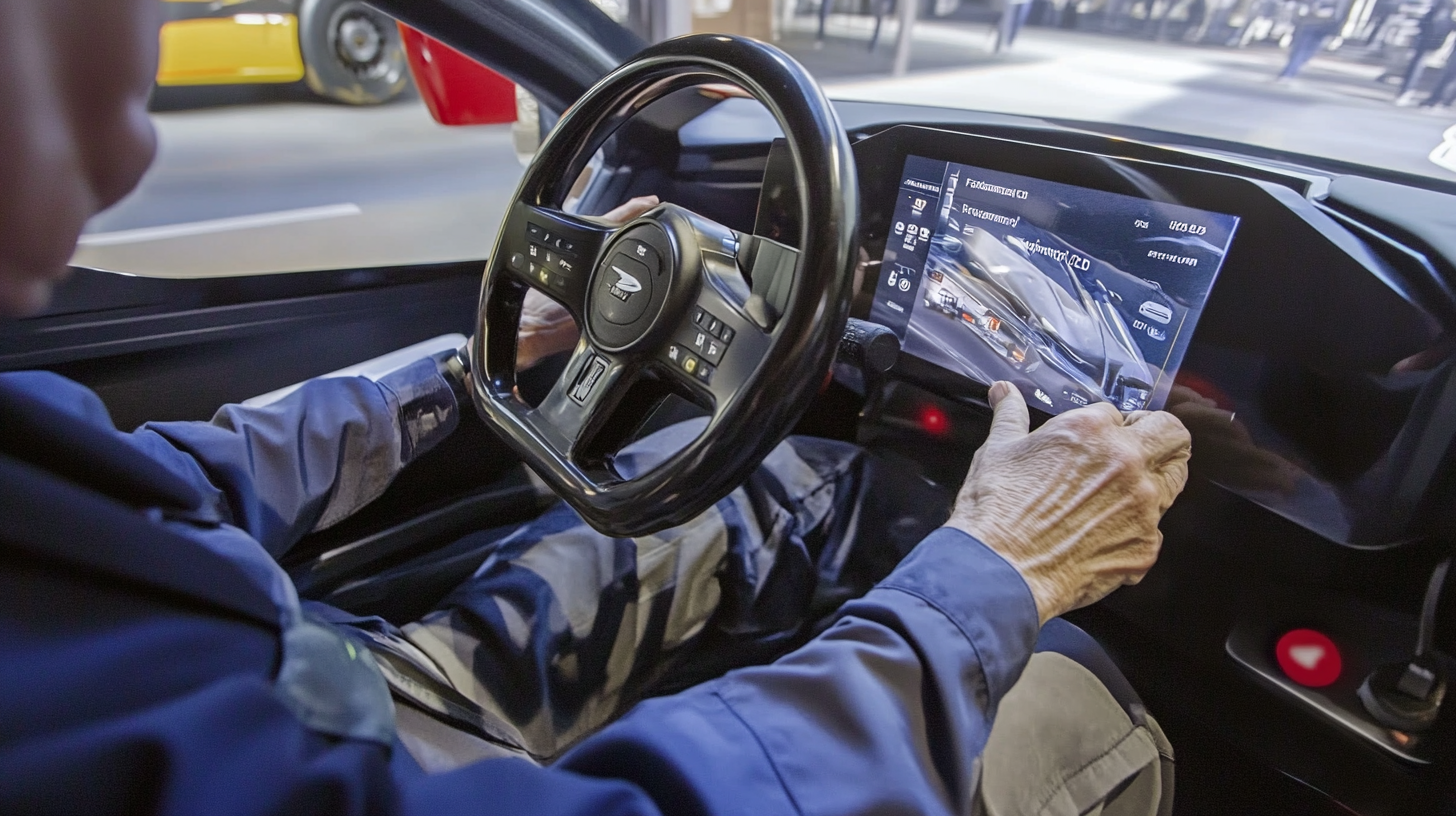Innovations in Hand Controls for Cars: Navigating the Future of Accessible Driving by 2025
As the automotive industry continues to evolve, the demand for accessible driving solutions is becoming increasingly vital. According to a recent report by the National Highway Traffic Safety Administration (NHTSA), over 20 million Americans live with disabilities that impact their mobility. This statistic underscores the importance of developing innovative technologies, particularly in the realm of hand controls for cars. By 2025, experts predict a significant shift towards more inclusive automotive design, incorporating adaptive technologies that enable individuals with disabilities to navigate the roads confidently and independently.
The advancements in hand controls for cars have the potential to reshape the driving experience for many, offering greater autonomy and improving overall quality of life. Reports from the American Automobile Association (AAA) indicate that a growing number of manufacturers are investing in research and development to enhance the ergonomics and functionality of these controls. With a focus on user-friendly designs and integration with existing vehicle technologies, the future looks promising for accessible driving solutions. As we approach 2025, the innovation in hand control systems will not only facilitate greater independence for drivers with disabilities but will also set a benchmark for the entire automotive industry to follow.

Advancements in Hand Control Technology: A Game Changer for Drivers with Disabilities
Recent advancements in hand control technology are set to revolutionize driving for individuals with disabilities. Historically, driving has posed significant challenges for those with limited mobility, but innovations in hand controls are making it more accessible than ever. According to the National Highway Traffic Safety Administration (NHTSA), an estimated 1 in 5 Americans live with a disability, highlighting the urgent need for inclusive solutions in the automotive industry.
One of the most significant recent developments is the integration of adaptive cruise control and automated braking systems into hand control designs. These innovations not only provide ease of operation but also enhance safety for drivers with disabilities. A report from the Automotive Research Association forecasts that by 2025, adaptive driving aids will increase in market penetration, with up to 30% of new vehicles incorporating advanced hand control features.
Companies are also focusing on user-friendly designs that prioritize ergonomic functionality. For instance, customizable grips and electronic control systems allow drivers to personalize their hand controls, making vehicles more intuitive to operate. According to a study by the Disability and Rehabilitation Journal, improved hand control systems have led to a 50% increase in driving confidence among users. These advancements signify a pivotal shift towards inclusivity in the automotive landscape, ensuring that adaptive solutions not only meet functional needs but also foster independence and freedom on the road.

Integrating Smart Features into Hand Controls: Enhancing User Experience
As the automotive industry continues to evolve, integrating smart features into hand controls for cars is becoming a crucial aspect of enhancing user experience. With advancements in technology, hand control systems are no longer limited to basic functionality. Instead, they're evolving into sophisticated interfaces that leverage the power of artificial intelligence and smart connectivity. This integration allows users with disabilities to experience greater independence and convenience, seamlessly interacting with their vehicles.
One of the most promising innovations is the use of gesture recognition technology. This feature enables drivers to control various functions—such as navigation, climate control, and media playback—simply by moving their hands. This kind of intuitive interaction minimizes physical strain while maximizing user engagement, transforming the way individuals with mobility challenges interact with their cars. Moreover, incorporating voice recognition adds another layer of accessibility, allowing users to give commands without needing to physically engage with controls, resulting in a safer and more enjoyable driving experience.
In addition, personalized settings based on user preferences can be integrated into the smart hand control system. For instance, a user might program a specific button to activate their favorite playlist or navigate to frequently visited locations. Such customizability not only enhances the driving experience but also creates a sense of ownership and personal connection with the vehicle. As we approach 2025, the focus on these innovations will likely drive the future of accessible driving, making it more inclusive for everyone.

The Role of AI in Personalizing Hand Control Settings for Drivers
As we approach 2025, the landscape of accessible driving is undergoing a revolutionary transformation, particularly with the integration of artificial intelligence in hand control systems. The role of AI is pivotal in personalizing these controls to meet the diverse needs of drivers with disabilities. By leveraging machine learning algorithms, manufacturers can create highly adaptive interfaces that learn and anticipate a driver’s specific requirements. This customization ensures not just ease of use, but also enhances safety and driving experience for individuals who rely on hand controls.
AI-driven technology is capable of monitoring the driver’s patterns and preferences over time, adjusting sensitivity and response levels to suit individual habits. For instance, if a driver has specific preferences for acceleration or braking intensity, the system can automatically recalibrate these settings based on their behavior during various driving conditions. This personalization fosters a sense of independence and confidence in drivers, enabling them to navigate roads more effectively and comfortably.
Moreover, the incorporation of voice recognition and gesture control will provide additional layers of customization. Drivers will be able to issue commands or adjust settings without diverting their focus from the road, ensuring their hands remain on the controls. This seamless interaction supported by AI not only boosts accessibility but also encourages greater participation in driving for those who might have felt excluded from this vital aspect of mobility. The next few years will undoubtedly see these innovations come to fruition, aligning technology with the specific needs of every driver.

Safety Standards and Regulations for Innovative Hand Control Systems
As the automotive industry advances toward greater inclusivity, safety standards and regulations for innovative hand control systems are paramount to ensuring that these adaptations serve their intended purpose effectively. According to the U.S. National Highway Traffic Safety Administration (NHTSA), nearly 1 in 5 people living with disabilities experience difficulties in mobility, highlighting the urgent need for vehicles that cater to diverse driving needs. By 2025, the integration of well-regulated hand control systems could transform the driving experience for many individuals, enabling them to navigate streets with confidence and safety.
Innovative hand control systems, such as electronic throttle controls and adaptive steering aids, require stringent safety evaluations before reaching the market. Research from the Automotive Safety Council indicates that more than 50% of newly developed systems do not comply with existing vehicle safety standards. Thus, the establishment of comprehensive guidelines for these adaptive devices is essential. Upcoming regulations are anticipated to focus on performance testing, user interface design, and crash-test compatibility, ensuring that all hand control adaptations maintain high safety standards while providing ease of use.
Moreover, initiatives led by organizations, including the Society of Automotive Engineers (SAE), are facilitating the development of standardized protocols for testing hand control systems. A report by SAE International states that implementing these standards could reduce accident rates among drivers using adaptive technologies by up to 30%, a significant improvement in safety. As we head towards 2025, collaboration between manufacturers, regulatory bodies, and advocacy groups will be crucial in crafting a regulatory framework that not only prioritizes safety but also promotes innovation in the field of accessible driving technologies.
Future Trends: What to Expect in Accessible Driving by 2025 and Beyond
As we look toward 2025, the landscape of accessible driving is set to undergo transformative changes, driven by ongoing innovations in hand controls and adaptive technologies. According to a report by the National Highway Traffic Safety Administration (NHTSA), an estimated 400,000 people in the United States depend on mobility aids, highlighting the urgent need for vehicle adaptations that accommodate diverse physical requirements. The projected growth in this market underscores a demand for tailored solutions that not only enhance safety but also empower users to navigate their environments with confidence.
The advancements in ergonomics and technology are paving the way for a new era of hand control systems that integrate seamlessly into vehicle interfaces. Companies are investing heavily in research and development, with the global adaptive automotive market expected to reach $9.6 billion by 2025, according to Market Research Future. Innovations such as touch-sensitive controls, voice activation, and customizable interfaces are becoming standard features, making driving more intuitive for individuals with disabilities. These improvements signal a shift towards inclusivity, where the driving experience becomes accessible to all, irrespective of physical limitations.
Moreover, the integration of artificial intelligence (AI) into adaptive systems is anticipated to play a pivotal role in the future of accessible driving. A report from the World Health Organization projects that by 2030, there will be approximately 1.4 billion people globally living with some form of disability. As manufacturers respond to this demographic shift, AI-driven features, such as real-time feedback and personal driving assistance, are expected to enhance user experiences significantly. By 2025, these trends indicate a promising future where accessible driving isn’t just a necessity but a mainstream expectation in the automotive industry.